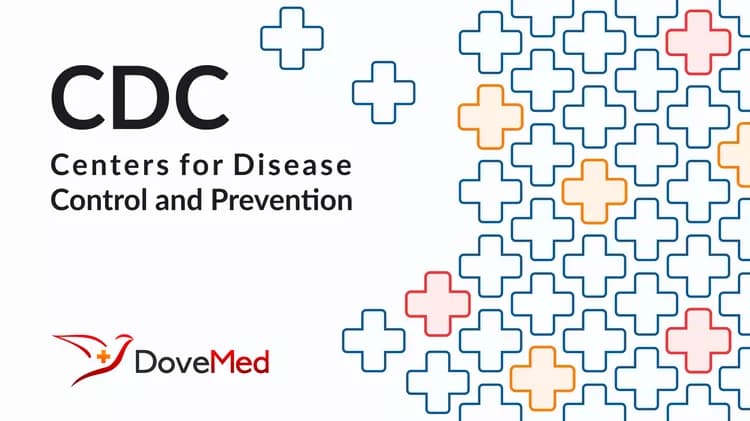
More Work Needed To Ensure U.S. Hospitals Equipped And Staffed To Handle Pediatric Emergency Patients
More Work Needed to Ensure U.S. Hospitals Equipped and Staffed to Handle Pediatric Emergency Patients
Although the majority of children who need emergency medical care are brought to hospitals that have appropriate emergency care specialists and equipment, a significant number are treated at facilities that lack the recommended pediatric equipment and a fully-trained staff, according to a new report from the Centers for Disease Control and Prevention (CDC).
Children account for about 30 million visits a year to hospital emergency departments. "We are pleased to find that the hospitals that see the majority of these young patients are the best prepared, but we also believe other hospitals would benefit from strengthening their capacity," said Kimberly Middleton, a health scientist at CDC's National
Center for Health Statistics and the report's lead author.
The survey, conducted in 2002-2003, found the vast majority of children who need emergency care are brought to hospitals that see more than 10,000 pediatric patients each year. The survey found that these larger hospitals are more likely to have a pediatric ward, a pediatric intensive care unit and are also more likely to have a board-certified pediatric emergency physician on staff.
The American Academy of Pediatrics and the American College of Emergency Physicians set new pediatric emergency guidelines in 2001 calling for more pediatric services, medical expertise and supplies and equipment that are small enough for children. The guidelines followed a 1998 study of hospital emergency services for children conducted by the Consumer Product Safety Commission, which found that emergency and critical care of infants and children varied widely in different regions of the country and by different types of hospitals.
To learn how well hospitals were able to implement the 2001 guidelines, HHS' Health Resources and Services Administration's Maternal and Child Health Bureau arranged for questions to be added to CDC's National Hospital Ambulatory Medical Care Survey in 2002-2003 to measure hospital preparedness for pediatric emergencies.
Findings of the 2002-2003 survey:
* Ninety percent of all U.S. hospitals admitted pediatric
patients, but less than half (40 percent) had separate inpatient pediatric wards.
* Half the hospitals surveyed had on hand more than 85 percent of
the recommended medical supplies for pediatric patients. However, fewer than 6 percent had on hand all the supplies in the full range of sizes.
* Seventy-one percent of U.S. emergency departments had
board-certified emergency medicine physicians available and 25 percent had access to a physician board-certified in pediatric emergency medicine.
* Sixty-two percent of emergency departments had board-certified
pediatric physicians on call or available elsewhere within the hospital.
But only 25 percent of the emergency departments had written protocols outlining when to call in the specialist.
* Between 1998 and 2002-2003, the percentage of hospitals with a
pediatric intensive care unit was unchanged at 10 percent.
The National Hospital Ambulatory Medical Care Survey conducted by CDC's National Center for Health Statistics gathers detailed data from a sample of the nation's emergency departments. More information about hospital preparedness for pediatric emergencies will be gathered in the
2006 National Hospital Ambulatory Medical Care Survey, which will include a larger number of children's hospitals.
"Availability of Pediatric Services and Equipment in Emergency
Departments: United States, 2002-03" is available at www.cdc.gov/nchs.
Related Articles
Test Your Knowledge
Asked by users
Related Centers
Related Specialties
Related Physicians
Related Procedures
Related Resources
Join DoveHubs
and connect with fellow professionals

0 Comments
Please log in to post a comment.